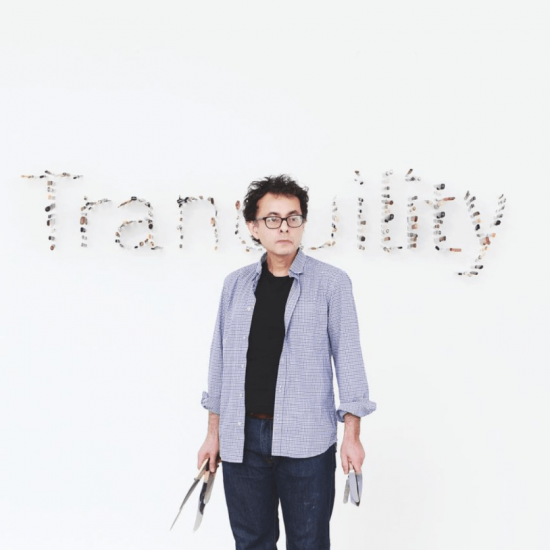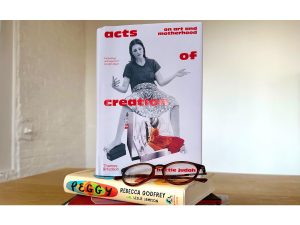Farhad Moshiri, one of Iran’s most influential contemporary artists, died on July 16 at 61. The Third Line gallery, the Dubai gallery that represented him, confirmed his death.
“Our journey with Moshiri began in 2006 with New Paintings by Farhad Moshiri at our first space in the UAE. Since then, we’ve cherished witnessing his ever-evolving practice,” the gallery wrote on Instagram. “Our thoughts are with his family. Farhad Moshiri will be deeply missed, remembered as both a friend and artist. May his soul rest in eternal peace.”
Related Articles

Moshir was renowned for his marriage of Persian visual traditions and Pop art sensibilities. American consumerism and advertising, pop music and comics mingled with Persian embroidery and calligraphy. His work sparkled, literally: beads, glitter, and faux gems often embellished his figuration, subverting subtle indictment with a precious levity.
“He not only established the first wave of contemporary art post 1979, but also became one of the rare artists who radically, and successfully, brought all of the great craftsmanship, iconography and storytelling inherent in Persian culture and history into his contemporary practice,” Sotheby’s director for Middle Eastern and contemporary art Ashkan Baghestani told the National. “The breadth, diversity and scope of his output in this sense was unparalleled.”
Moshiri was born in 1963 in Shiraz, Iran, to a family that owned cinemas. Speaking to Artnet News in 2017, he recounted a childhood watching American films. The cinema was left amid the Iranian Revolution, when his family immigrated to Los Angeles, where he earned a fine arts degree from California Institute of the Arts in 1984. His explorations in installation, video, and painting coalesced around his great influences: Pop art and conceptualism. (He was sometimes called “the Middle East’s Andy Warhol,” a cliched moniker that has been applied in many variations to artists of the Global South.)
He fused of high art and lowbrow culture, mirroring the sensibility of his young home country, which had an ancient culture. Neither his adopted home nor native land were beyond reproach; Iranian society, perpetually divided over its fate, was a fruitful subject.
Moshiri was also a prolific collaborator, working for decades with a single group of Iranian craftswomen on projects. SNOW FOREST 002A (2017), first shown at Perrotin in New York, recreates his photograph of a snowy forest using black and white thread and beads. He first drew the image on a canvases, then delivered them to the women, each of whom hand embroidered the drawing with beads, creating a textured, shimmering composition. The women worked in their home and, after six months, sent the finished piece back.
Lichtensteinian figures or mundane objects featured often in his practice, but he just as frequently let words speak for themselves. God (2012) is a patchwork of embroidered canvases in which the divine word repeats 42 times, like a flashing neon advertisement. The piece is relatively innocuous in a secular context, but if transplanted to an Islamic venue in Iran, where matters of worship are indivisible from power, the piece would gain a sardonic sheen.
But he pushed back against the idea that he made visual gags. “There is a tendency for the Iranian art community to believe that Art is no joking matter. I totally agree with that,” he told the Standard in 2014. “Art is serious business. I can’t help it if you find something funny in my work.”
Not that he didn’t have a sense of humor—asked in the same interview for his life motto, he replied: “Life is short. So am I.”
Moshiri has shown extensively in Tehran, Europe and the United Arab Emirates with The Third Line and Perrotin. His first solo museum show in the United States was in 2018 at the Andy Warhol Museum in Pittsburgh.




